Singapore’s introduction of the Refundable Investment Credit Scheme
- Posted by admin
- On April 29, 2025
- 0 Comments
- Audit preparation, Financial audit guidelines, Internal controls review, Singapore audit process
Introduction
Singapore has introduced the Refundable Investment Credit (RIC) scheme to bolster the city-state’s appeal as a global investment hub. This has been legislated under Section 93B of the Income Tax Act. Under this scheme, qualifying companies receive tax credits on substantial investments that generate substantive economic activities locally, with unutilised credits refundable in cash.
Alignment with Global Tax Standards
The RIC is crafted to be consistent with the Global Anti-Base Erosion (GloBE) Rules for refundable tax credits. By adhering to these international standards, Singapore mitigates risks of preferential tax treatment being challenged under anti-avoidance frameworks, thus maintaining its reputation for a transparent, rules-based tax regime.
Policy Objectives and Economic Rationale
The RIC is designed to incentivise “high-value and substantive economic activities” across a broad spectrum, from new manufacturing capacity to decarbonisation solutions. By awarding credits based on actual investment outlays, the government aims to:
- Anchor strategic industries such as low-carbon energy production and advanced manufacturing.
- Foster regional and global headquarters through support for Centres of Excellence and headquarters expansions.
- Accelerate digitalisation and professional services growth.
- Promote R&D and innovation, ensuring firms undertake cutting-edge development in Singapore.
- Support commodity trading and supply-chain enhancements.
These objectives align with Singapore’s broader industrial strategy of moving up the value chain, establishing the city-state as both a capital and innovation nexus.
Scope of the Scheme: Qualifying Activities and Qualifying Expenses
Qualifying Activities
Specifically, the RIC supports six types of qualifying activities:
- Investing in new productive capacity
- Expanding or establishing the scope of activities in digital services, professional services, and supply chain management
- Expanding or establishing headquarters activities or centres of excellence
- Carrying out R&D and innovation activities
- Implementing solutions with decarbonisation objectives
- Setting up or expanding activities by commodity trading firms
Qualifying activities must be in support of the proposed Project and in line with Singapore’s priority economic growth areas such as Advanced Manufacturing, International Trade, Supply Chain Management, Mobility, Digitalisation, Artificial Intelligence, and Green Economy.
Qualifying expenses
Qualifying expenses will be determined before the commencement of the project and may cover the following (depending on the type and scale of the project):
- Manpower
- Capital expenditure
- Where relevant, professional fees, freight and logistics costs, materials and consumables, intangible asset costs, training costs, and financing costs, if the project involves R&D, innovation, commodity trading, or ecosystem development.
Depreciation expenses, amortisation expenses, maintenance expenses, manpower costs for staff not based in Singapore, and expenses incurred outside Singapore would not be considered as qualifying expenditures.
Support Rates Provided under the RIC Scheme
The level of RIC support varies based on the project’s scope and impact:
- 10%: For high-value-added economic activities that involve investments of no less than S$ 3 million and no less than 8 employees.
- 30%: For activities that go beyond high-value-added economic activities, leading to new or expansion of qualifying activities or deepening of capabilities involving investments of no less than $ 5 million and no less than 10 employees.
- 50%: For projects involving investments in best-in-class facilities and/or leading to new or expanded value capture in the industry ecosystem in Singapore involving investments of no less than $ 7 million and no less than 18 employees.
Mechanics of the RIC: Tax Credits and Refunds
Once approved, the RIC scheme operates over a qualifying period of up to 10 years. The credits can be used to offset corporate income tax (including Domestic top-up tax and Multinational Enterprise Top-up Tax).
Unutilised credits will be carried forward to offset tax liability in subsequent years, up to the stipulated payment date. Any remaining unutilised credits will be paid in cash to the Company by the stipulated payment date, which shall be no later than four years from when the Company makes the claim application in respect of qualifying expenditure incurred.
Evaluation Criteria
The RIC scheme is administered by the Economic Development Board of Singapore (“EDB”). Potential applicants are evaluated based on 3 key areas:
- Quantitative factors: Local business spending, fixed assets investments, and employment commitments.
- Qualitative factors: Development and deepening of capabilities, resource efficiency improvements, and broader economic multiplier effects (such as collaborations with other private or public sector players).
- The Company’s track record in Singapore (e.g., fulfilment of projects on schedule) and elsewhere in the sector, and resources to successfully carry out the Project.
Compliance and Claims Process
Companies awarded with the RIC will be subject to the following compliance requirements (similar to other tax incentives):
- Required to meet milestone conditions, including implementation of the project, incur a minimum level of investments, and achieve a minimum level of employment.
- Submit annual progress updates to the EDB where the investment and employment levels need to be externally audited.
- EDB may carry out random audits or site visits to check on the project implementation progress and fulfilment of terms and conditions.
- Claim applications to EDB are required to be externally audited (the company is recommended to make one claim application per financial year).
- Upon verification of the claims, EDB will issue a Letter of Confirmation stating the amount of RICs to be given to the Company and the payment date on which any unutilised RICs will be paid in cash.
- The Letter of Confirmation will be transmitted to the IRAS, where the RICs will be maintained in an RIC account by the IRAS.
- RICs are to be used to offset taxes on a first-in-first out basis.
- The Company may also elect to receive the RICs as a cash payout instead of using them to offset taxes.
Moving Forward / Next Steps
Potential applicants should carefully evaluate their projects carried out in Singapore against the criteria outlined above and ensure that the objectives of their project carried out in Singapore are aligned with Singapore’s economic objectives before approaching the EDB to make an application for the RIC.











0 Comments